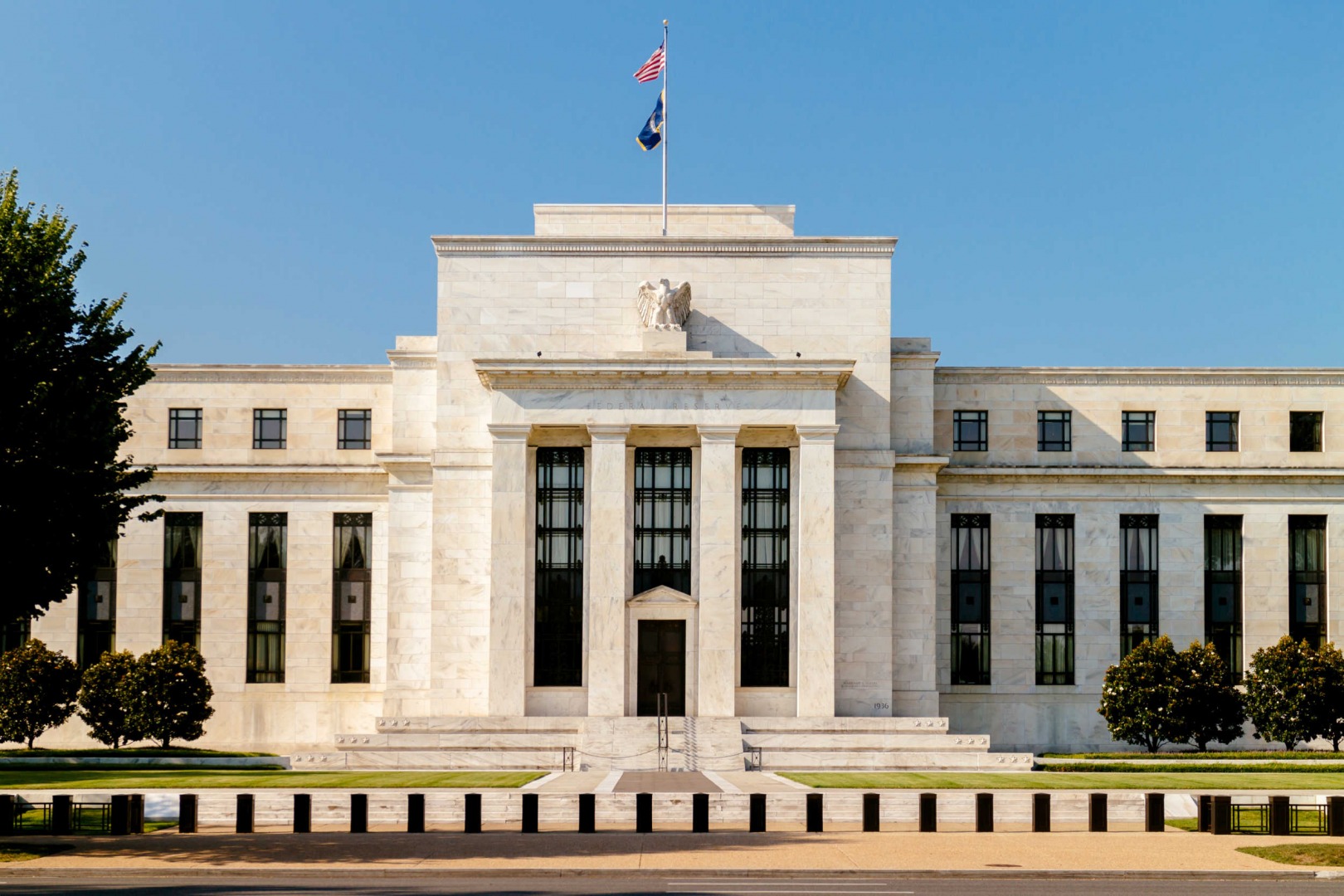Comments
- No comments found

Olivier Blanchard has a new book coming out, titled Fiscal Policy Under Low Interest Rates.
Because it’s the 21st century, a full draft of the book is available at the MIT Press website and you can leave comments and reactions there. The “review period” for comments ends on January 18–which is to say that Blanchard will start doing his final revision of the draft at that time. But the plan is for the draft itself to remain online until the final version of the book is published later in 2022.
For a flavor of what’s in the book, Blanchard has written a short essay: “Why low interest rates force us to revisit the scope and role of fiscal policy: 45 takeaways” (Peterson Institute for International Economics, December 21, 2021). As the title implies, it’s a list of 45 takeaways from the book. Here’s a selection:
1. Safe real interest rates have declined steadily since the mid-1980s. The decline is due neither to the global financial crisis nor to the COVID-19 crisis. It has been common to all advanced economies. …
5. The decline in rates must be traced to deep low-frequency factors, shifts in saving, investment, risk and market risk aversion, liquidity, and preference for liquidity. Many suspects have been identified. None has been convicted. Going through the list, few of them, however, seem likely to quickly turn around. One cannot and should not be sure, but secular stagnation appears likely to last. …
10. As neutral rates have declined over the last 30 years, they have, on the way down … [become] lower than growth rates (r*<g) …
11. The fact that r<g has important implications for debt dynamics. Put simply, it gives countries more fiscal space. They can run (some) primary deficits and keep their debt ratios (the ratio of debt to GDP) constant, or even decrease them. …
17. Public investment spending, to the extent that it generates future increases in fiscal revenues, can be partly financed by debt without threatening debt sustainability, something that any rule should reflect. Too often, the application of simple rules has led to inefficient cuts in public investment.
18. This does not imply, however, that all public investment should be financed by debt. Even if the investment generates large social returns, if it does not generate sufficient fiscal revenues, directly in the form of fees or indirectly from higher revenues from higher future output, it may still potentially threaten debt sustainability. …
32. In discussing optimal fiscal policy, it is useful to start with two extreme views. The first can be called the “pure public finance” view. It implicitly assumes that monetary policy can maintain output at potential and focuses on the role of debt in smoothing taxes in the face of variations in spending or in affecting the welfare of current versus future generations.
33. The second view assumes implicitly that monetary policy is not or cannot be used and that the main task of fiscal policy is thus macro stabilization. This view is known as the “functional finance” view, so baptized by Abba Lerner. In this case, fiscal policy must compensate for variations in private demand in order to maintain output at potential. If private demand is chronically low, then governments must run sustained deficits. …
45. A case of too much? To boost the US recovery from the initial COVID-19 shocks, the Biden administration embarked in 2021 on a major fiscal expansion. The strategy (again, if indeed it was a strategy) was for fiscal policy to increase demand and thus increase the neutral rate, and for monetary policy to delay the adjustment of the policy rate to the neutral rate, and in the process generate temporary inflation. Inflation has turned out to be much higher than expected. Was the fiscal expansion too strong? Was the strategy a mistake?
Timothy Taylor is an American economist. He is managing editor of the Journal of Economic Perspectives, a quarterly academic journal produced at Macalester College and published by the American Economic Association. Taylor received his Bachelor of Arts degree from Haverford College and a master's degree in economics from Stanford University. At Stanford, he was winner of the award for excellent teaching in a large class (more than 30 students) given by the Associated Students of Stanford University. At Minnesota, he was named a Distinguished Lecturer by the Department of Economics and voted Teacher of the Year by the master's degree students at the Hubert H. Humphrey Institute of Public Affairs. Taylor has been a guest speaker for groups of teachers of high school economics, visiting diplomats from eastern Europe, talk-radio shows, and community groups. From 1989 to 1997, Professor Taylor wrote an economics opinion column for the San Jose Mercury-News. He has published multiple lectures on economics through The Teaching Company. With Rudolph Penner and Isabel Sawhill, he is co-author of Updating America's Social Contract (2000), whose first chapter provided an early radical centrist perspective, "An Agenda for the Radical Middle". Taylor is also the author of The Instant Economist: Everything You Need to Know About How the Economy Works, published by the Penguin Group in 2012. The fourth edition of Taylor's Principles of Economics textbook was published by Textbook Media in 2017.
Leave your comments
Post comment as a guest